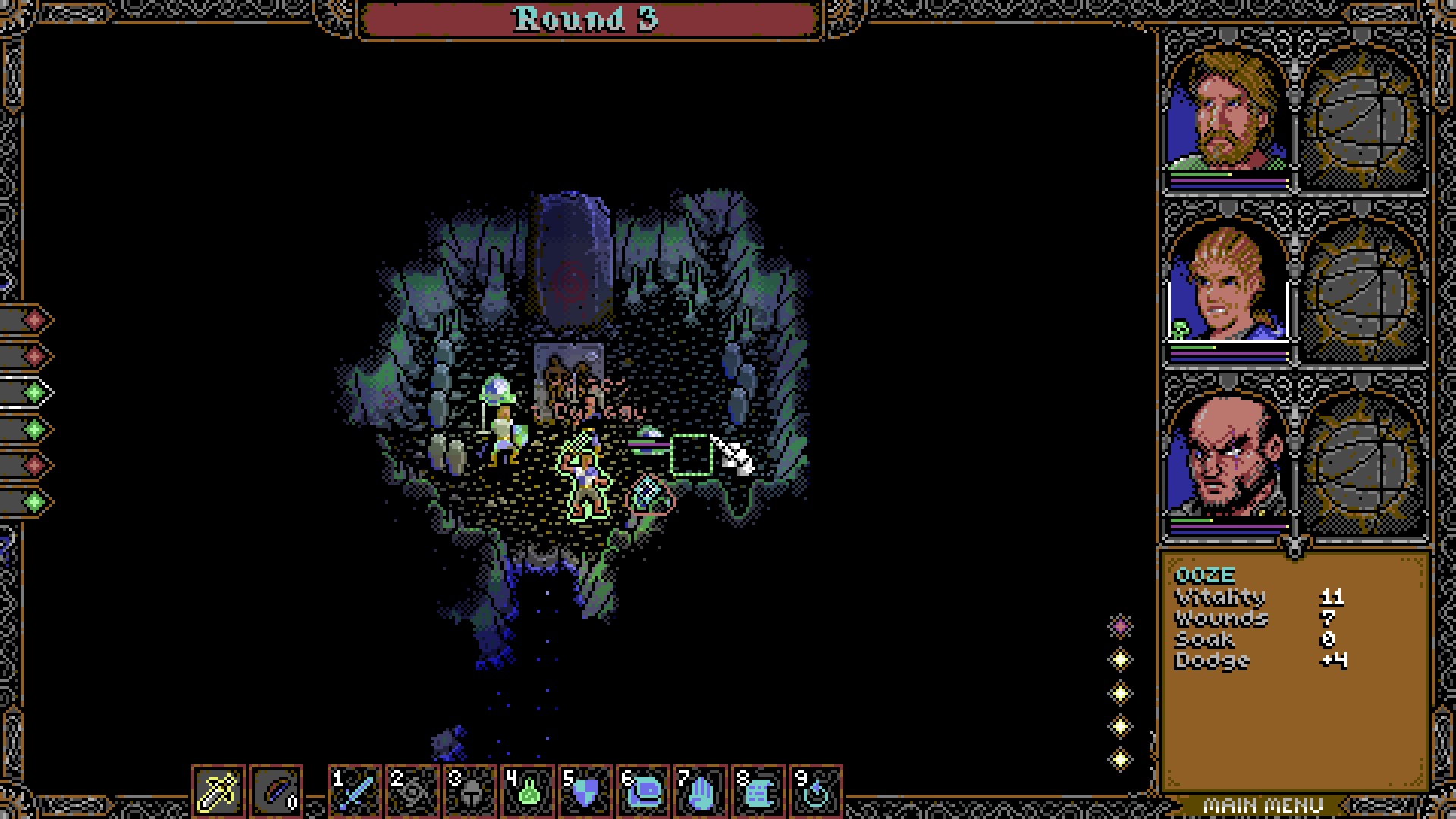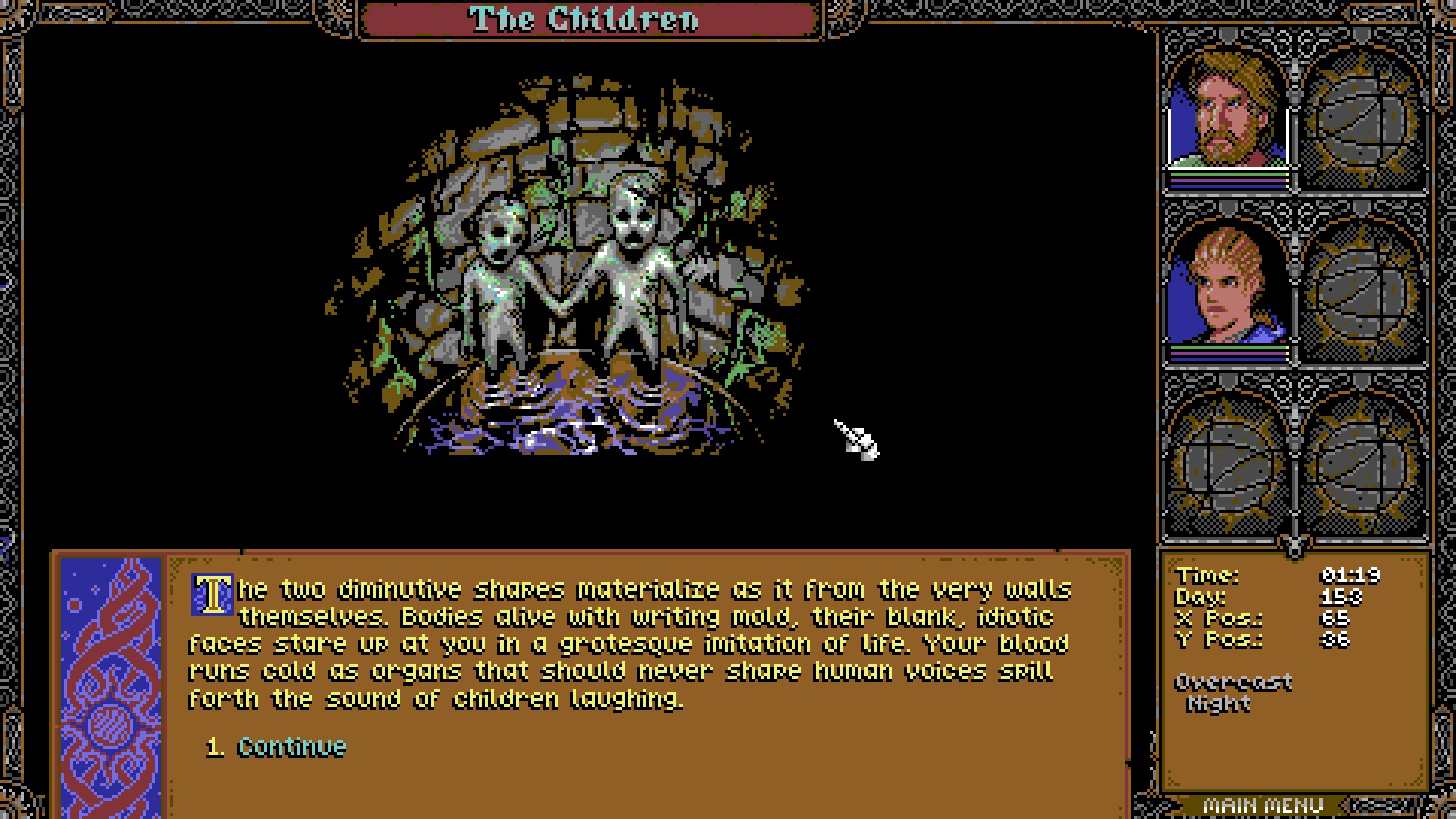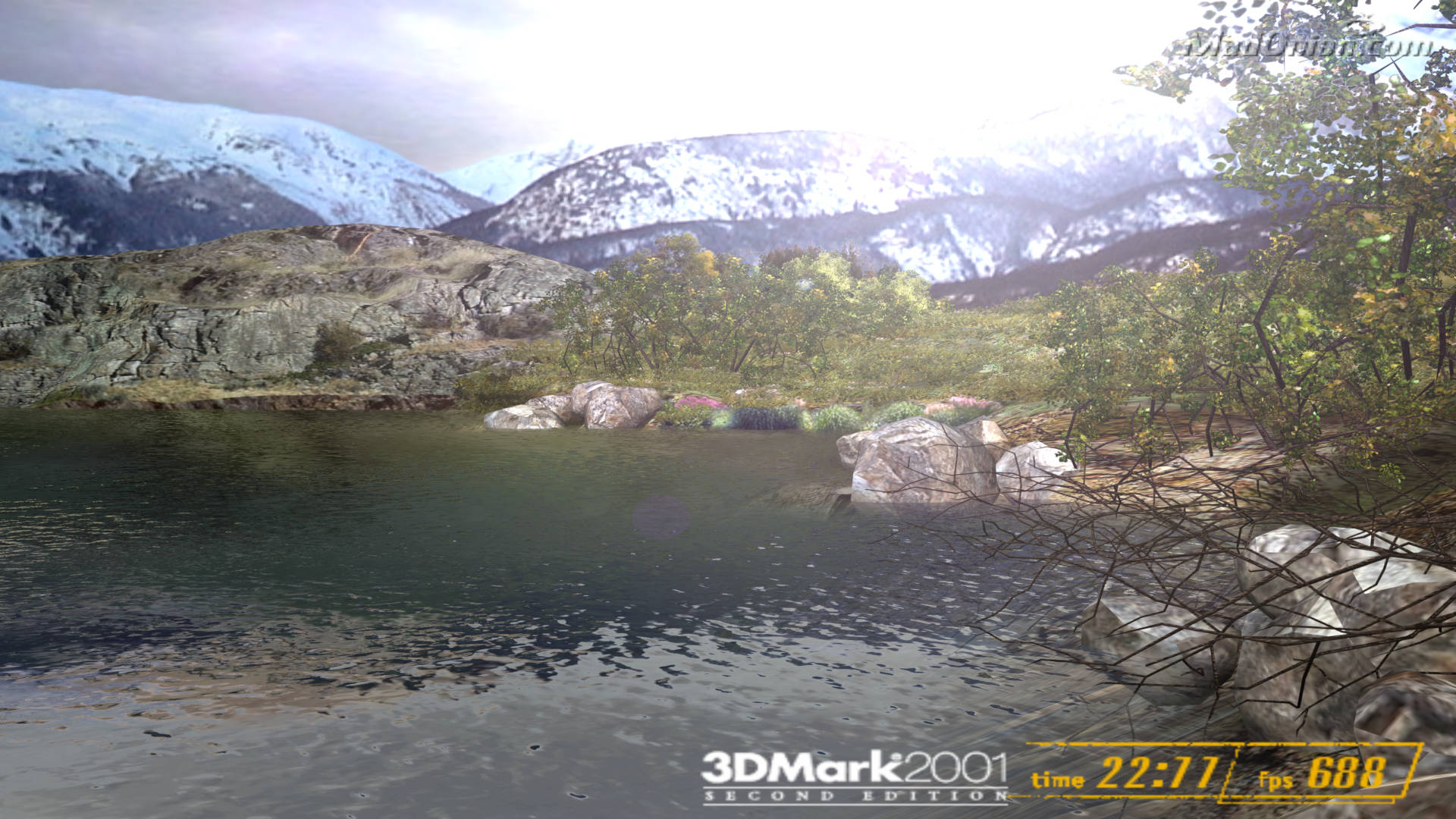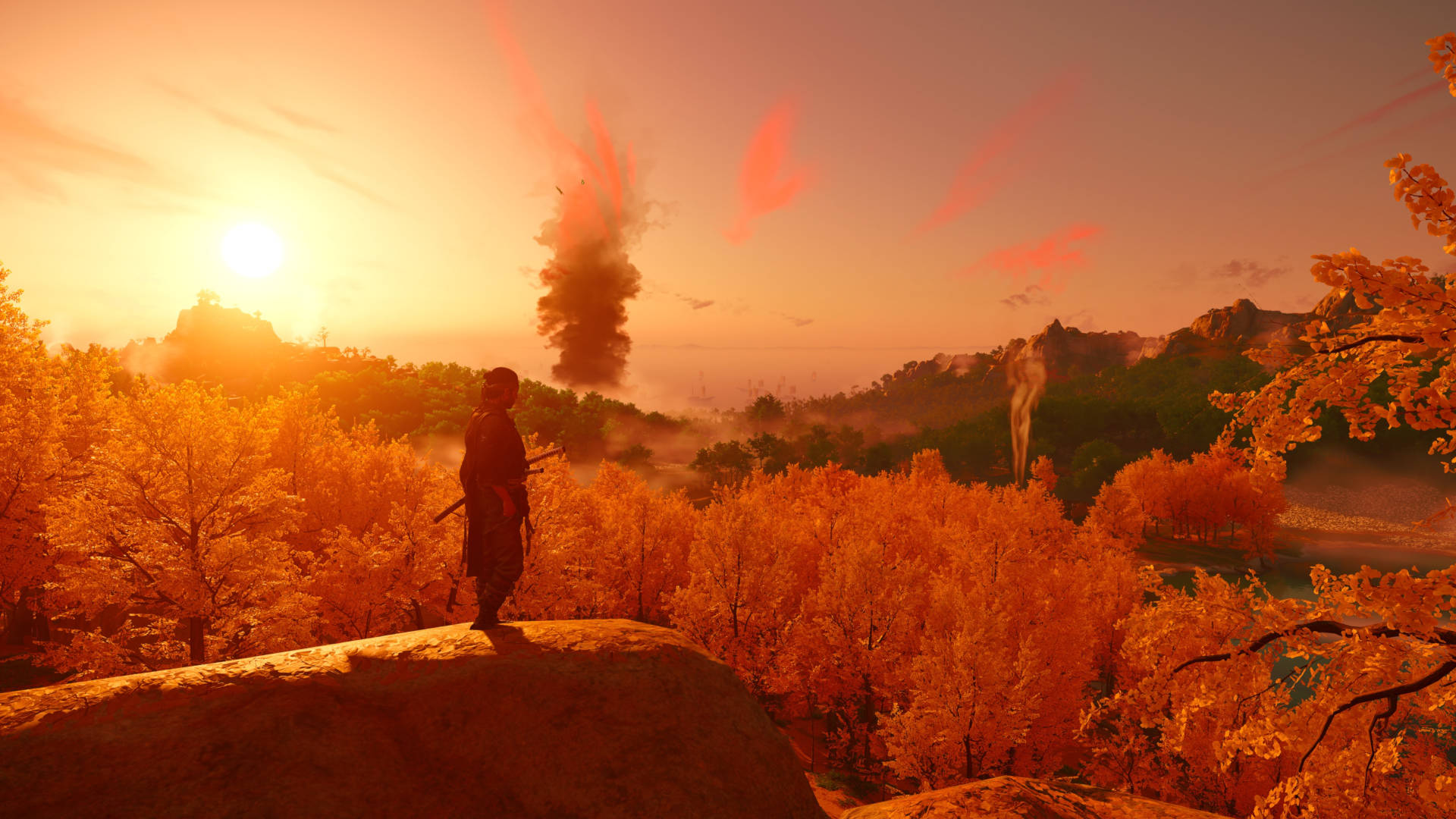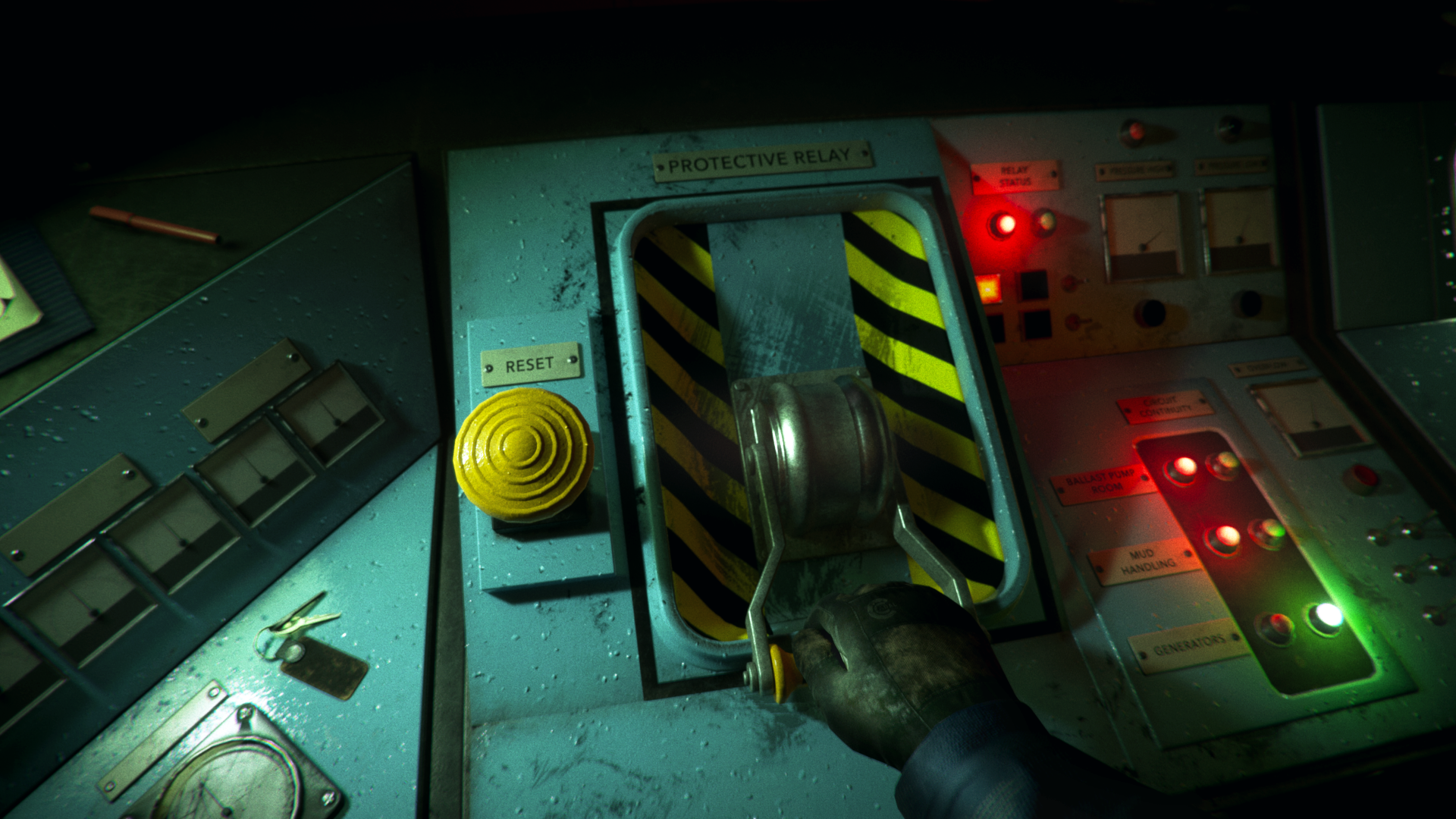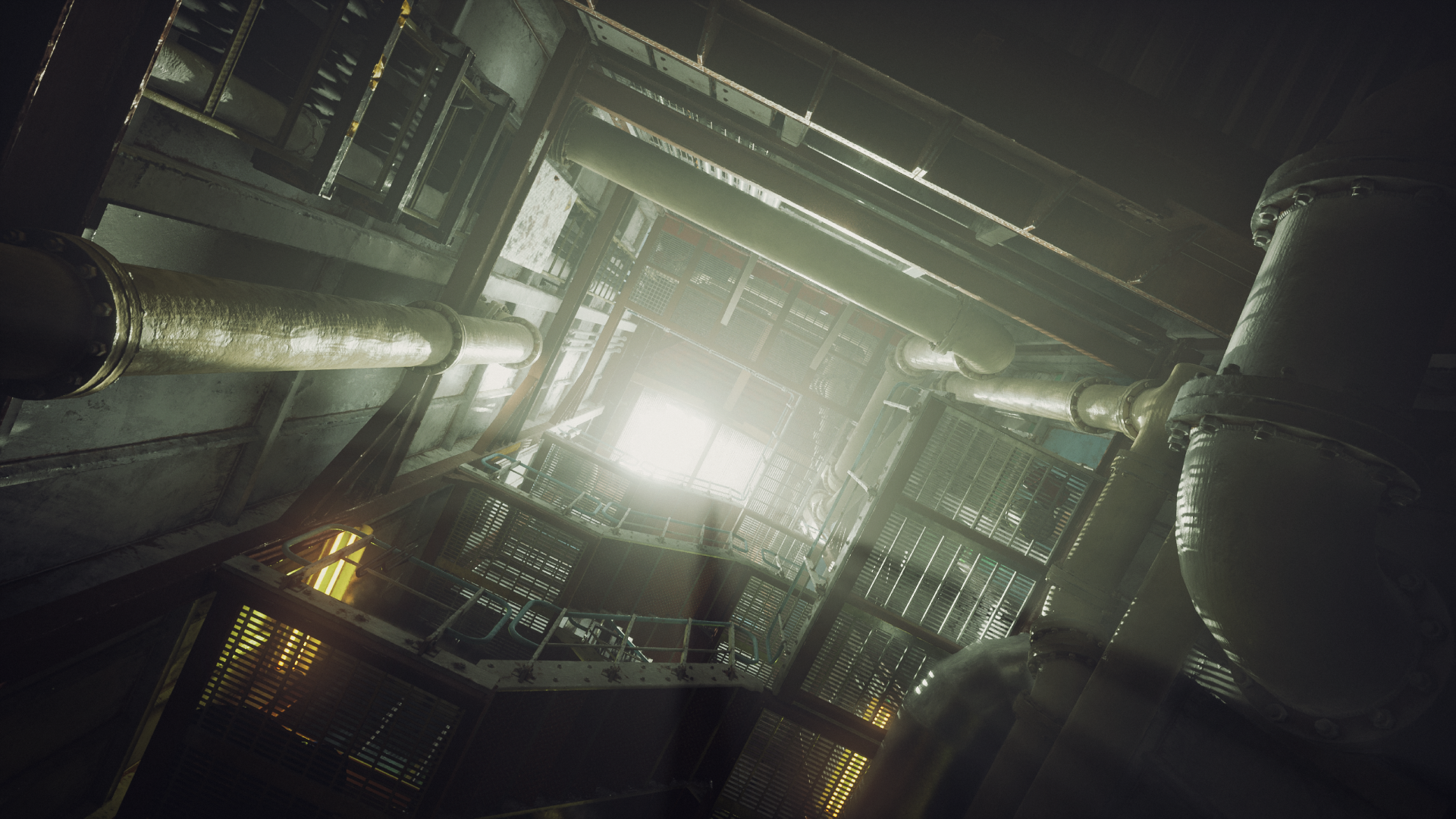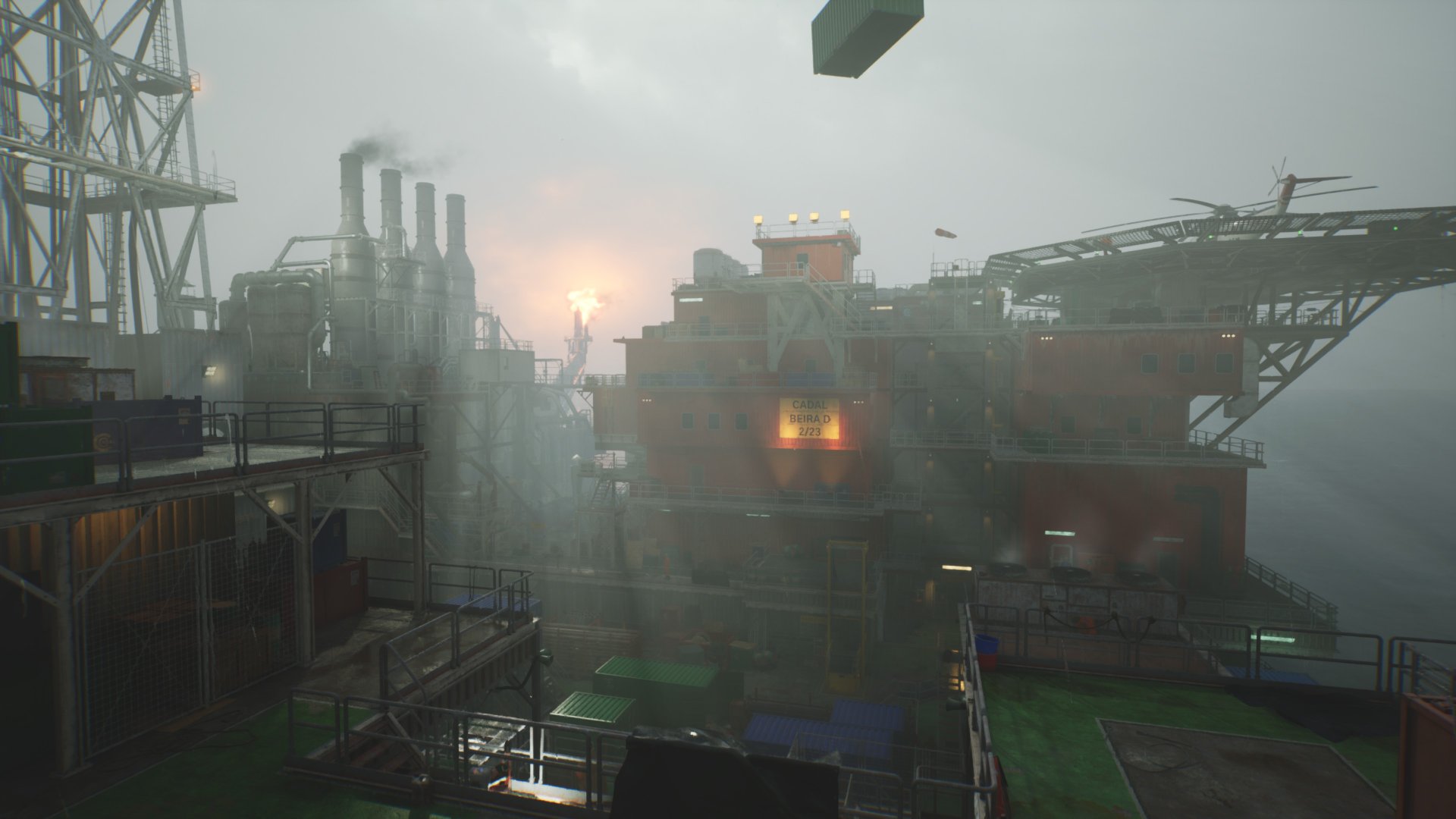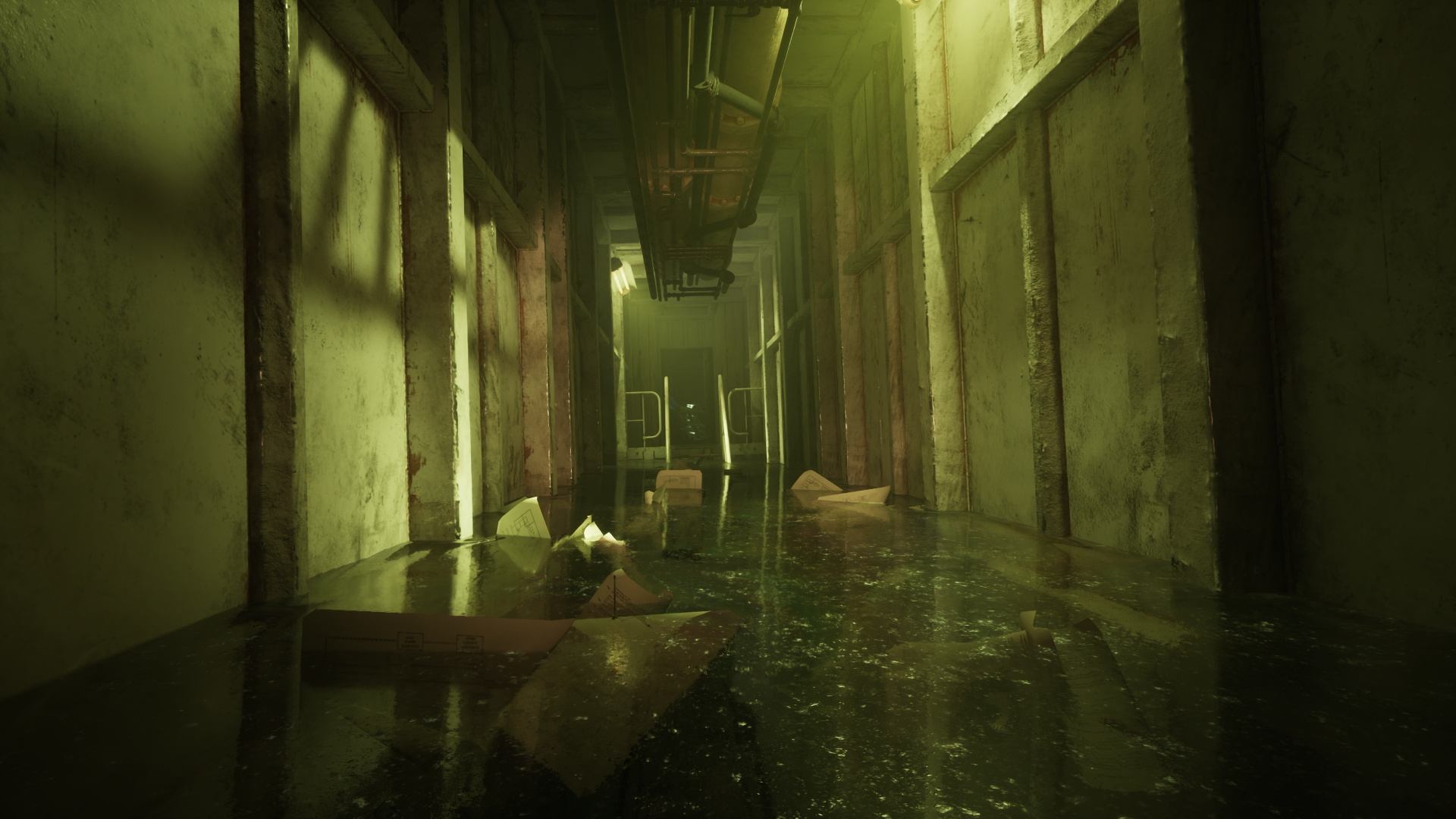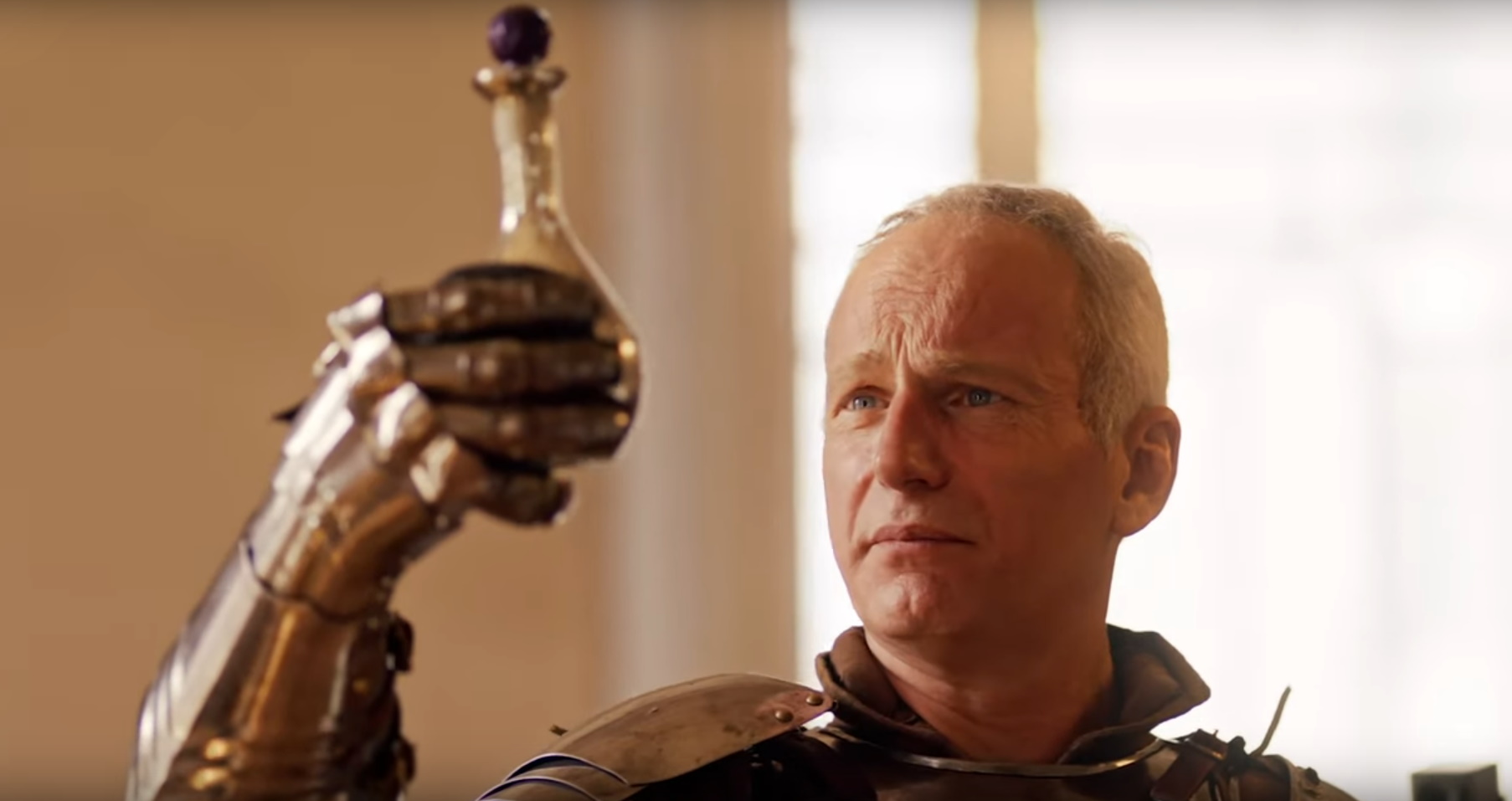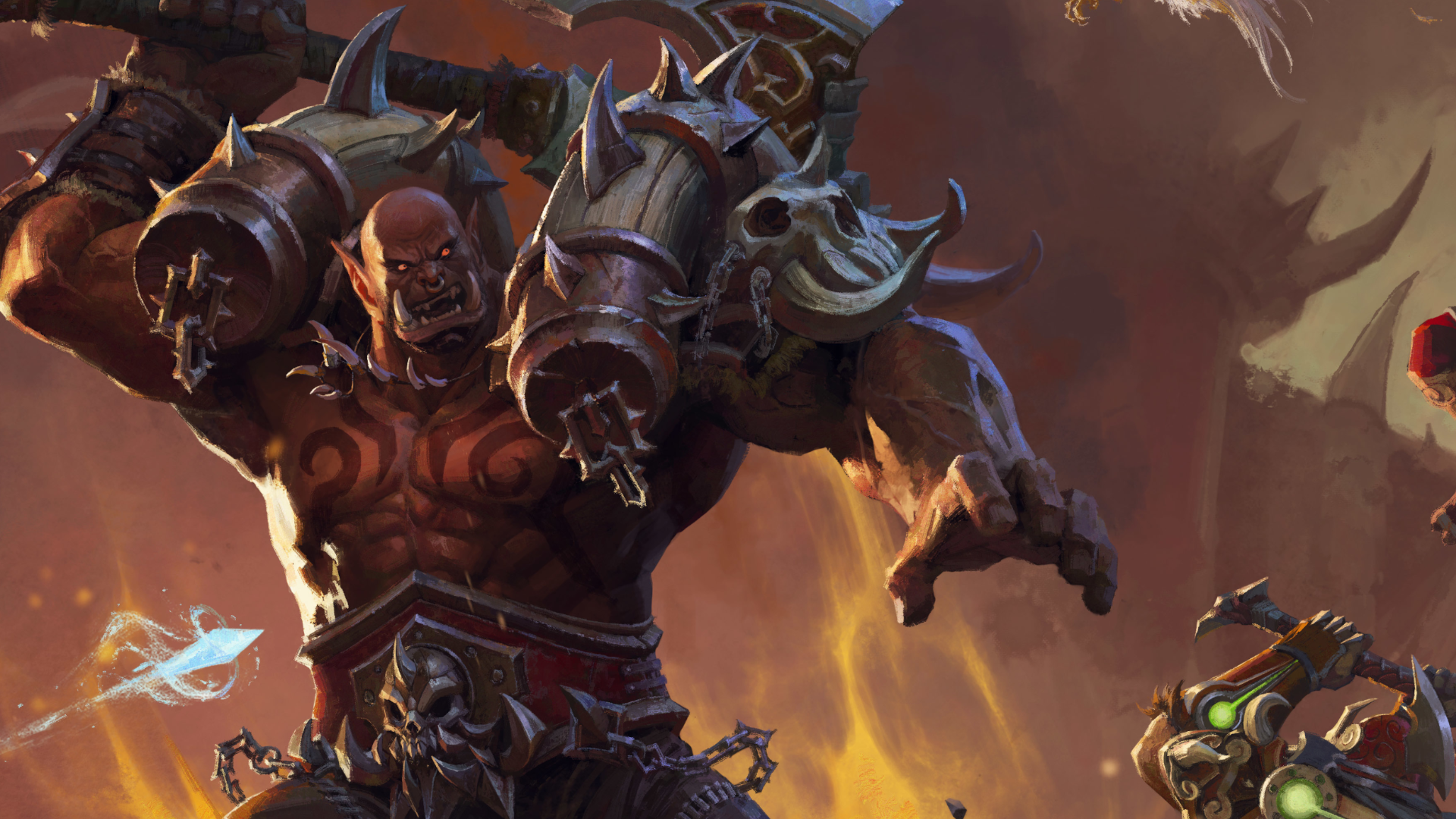
Destiny 2’s hotly anticipated expansion The Final Shape has suffered an enormous leak just days prior to launch, after PS5 players were mistakenly allowed access to the entire expansion via Sony’s Game Streaming service.
In what appears to be an oversight by Sony, Destiny 2: The Final shape had been pre-loaded onto Sony’s servers for access on its streaming service ahead of the expansion’s launch. However, when preloaded, the expansion was left publicly available, enabling players to access it early. Players who accessed the expansion were given a new Guardian Rank 1 account and were required to play through the game’s tutorial. But they could access the inventory, map, and other menu pages, which provided information about items and other details in the expansion.
The leak occurred earlier this morning, with the entire expansion reportedly available to play for about five hours. But players who jumped in don’t seem to have got too far into The Final Shape before access was revoked. Campaign details that have leaked so far relate only to part of the first mission, though it’s possible some users got further and simply haven’t shared the information online.
Nonetheless, a huge amount of information about the expansion is now spreading across the Internet. We won’t go into specifics, but the leak includes details about weapons, armour, exotics, cosmetics, raid loot, the Season Pass, and parts of the first campaign mission. This also included information about Destination, Raid, and Seasonal items for many of the above categories. In other words, pretty much everything short of story and campaign spoilers is now publicly available.
Bungie addressed the leak in a brief thread on Twitter, warning Destiny 2 players to be “very careful on social media over the next few days to avoid spoilers.”
“Please be considerate of others and report leaks so players can experience the conclusion of the Light and Darkness saga themselves,” the studio tweeted. “Thanks to all our community members who have already helped us by reporting leaks and those actively working to prevent more of the experience from being shared before its intended date.
“It’s always extremely difficult when our team’s hard work is leaked early, but we are still excited for everyone to experience the full release on June 4 together.”

Bungie IT lead Alan Thomas had a somewhat more pointed reaction to the leak:

Such a massive leak must be a huge blow for the studio. It’s worth noting that Sony acquired Bungie for $3.7 billion two years ago, and the relationship between the two companies doesn’t appear to have flourished in that time. After Destiny 2 numbers dropped 45% last year, Bungie was forced to make layoffs in October, with morale taking a hit at the studio as reports of a potential full takeover by Sony began to circulate. Following this, PlayStation chairman Hiroki Totoki visited the studio, and said he felt there was “room for improvement from a business perspective” specifically in areas such as “the use of business expenses” and “accountability for development timelines”.
Whatever the state of the relationship between the two companies, for Sony to leak Bungie’s entire expansion online can’t have done much to improve it. The Final Shape isn’t just any old expansion either, it’s arguably the most significant thing Bungie has done in years and its release marks the 10th anniversary of Destiny as a series. By all accounts, it’s looking decent too, especially after the disappointing Lightfall expansion. “I’m hopeful that Bungie has cooked up something memorable for The Final Shape. It looks plenty intriguing for sure,” Phil wrote in his assessment of the expansion’s new Strike mission.
As for Sony, the company’s been crashing into piles of metaphorical manure with alarming frequency lately. Last week it pulled an interview with Naughty Dog’s Neil Druckmann from its own website due to ‘significant errors and inaccuracies’ in the article, while earlier this month it triggered a mass rebellion in the Helldivers 2 community by attempting to reinstate PlayStation Network integration for PC players. Between all this and Microsoft closing multiple studios because it didn’t have the management staff to oversee them, it’s been a year for gaming’s biggest companies making large goofs.
Source link


